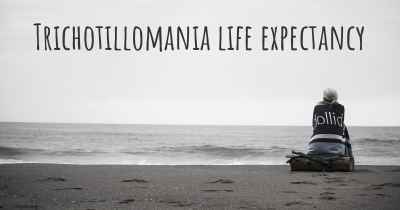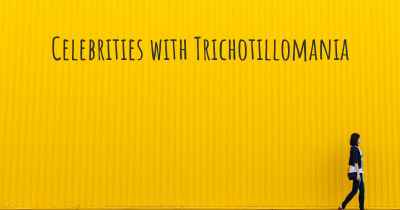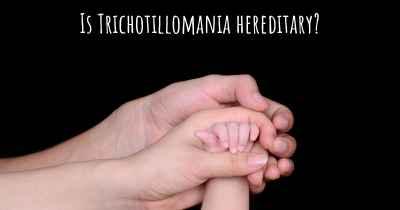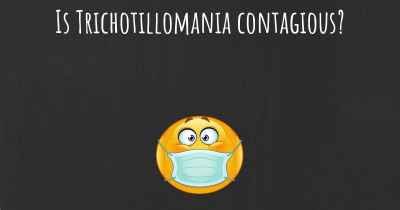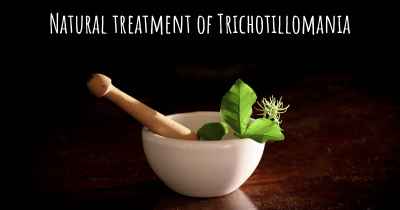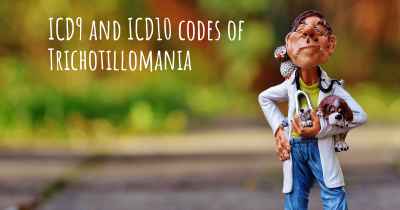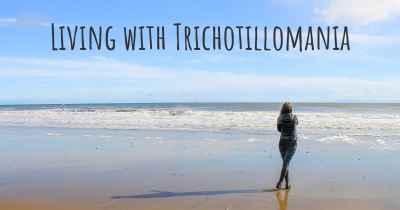Is it advisable to do exercise when affected by Trichotillomania? Which activities would you suggest and how intense should they be?
See if it is advisable for people with Trichotillomania to practice sports and which ones are the most recommended if you have Trichotillomania
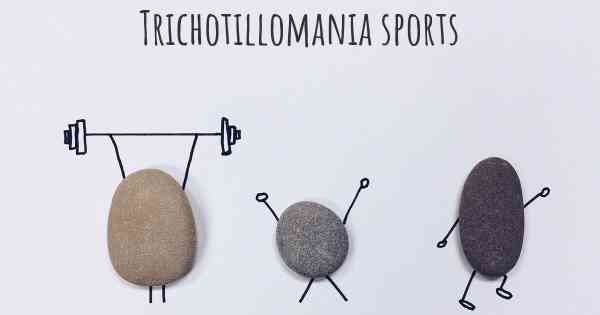
Is it advisable to do exercise when affected by Trichotillomania?
Trichotillomania is a disorder characterized by the irresistible urge to pull out one's hair, resulting in noticeable hair loss. It is a complex condition that can have a significant impact on an individual's physical and emotional well-being. While exercise is generally beneficial for overall health, it is important to consider the specific needs and limitations of someone affected by Trichotillomania.
Benefits of Exercise
Engaging in regular exercise can have numerous benefits for individuals with Trichotillomania. Physical activity has been shown to reduce stress, improve mood, and increase self-esteem. These benefits can be particularly valuable for individuals struggling with the emotional challenges associated with Trichotillomania.
Recommended Activities
When choosing exercises, it is important to consider activities that do not exacerbate the urge to pull hair. Low-impact exercises that promote relaxation and mindfulness can be particularly helpful. Here are some suggestions:
- Yoga: Yoga combines gentle movements, stretching, and deep breathing exercises, which can help reduce stress and promote relaxation. It also encourages mindfulness, which can aid in managing the urge to pull hair.
- Pilates: Pilates focuses on core strength, flexibility, and controlled movements. It can help improve body awareness and promote a sense of control, which may be beneficial for individuals with Trichotillomania.
- Walking: Walking is a low-impact exercise that can be easily incorporated into daily routines. It provides an opportunity to clear the mind, reduce stress, and enjoy the benefits of being in nature.
- Swimming: Swimming is a full-body workout that is gentle on the joints. The rhythmic movements and the sensation of water can be soothing and help distract from the urge to pull hair.
Exercise Intensity
The intensity of exercise should be tailored to the individual's fitness level and preferences. It is important to start slowly and gradually increase the intensity as tolerated. Pushing too hard or engaging in high-intensity workouts may increase stress levels and potentially trigger the urge to pull hair.
Additional Considerations
While exercise can be beneficial, it is not a standalone treatment for Trichotillomania. It is important to seek professional help from a mental health provider experienced in treating this disorder. They can provide personalized strategies and therapies to address the underlying causes and help manage the urge to pull hair.
In conclusion, incorporating exercise into the routine of someone affected by Trichotillomania can have numerous benefits for their overall well-being. However, it is crucial to choose activities that promote relaxation, mindfulness, and do not exacerbate the urge to pull hair. Starting with low-impact exercises such as yoga, pilates, walking, or swimming can be a good approach. It is important to listen to the body, start slowly, and gradually increase the intensity as tolerated. Remember, exercise should be complemented with professional help to address the underlying causes of Trichotillomania.
Posted May 21, 2017 by Ksantamariar 600
Posted Aug 10, 2017 by Katlyn 1400
Posted Aug 10, 2017 by Lucyeleanor2601 2620
Posted Aug 10, 2017 by Shirley 2150
Posted Aug 10, 2017 by Ellen 2161
Posted Aug 11, 2017 by Michele 990
Posted Aug 11, 2017 by Theresa 970
Posted Aug 12, 2017 by Catswithtatts 1650
Posted Sep 10, 2017 by Cynthia 1502
Posted Oct 19, 2017 by Felicia@Face2FaceSpa 2000
Posted Oct 20, 2017 by Sari 2050
Posted Oct 20, 2017 by bennersk 2190
Posted Jan 27, 2018 by Vee 2770
